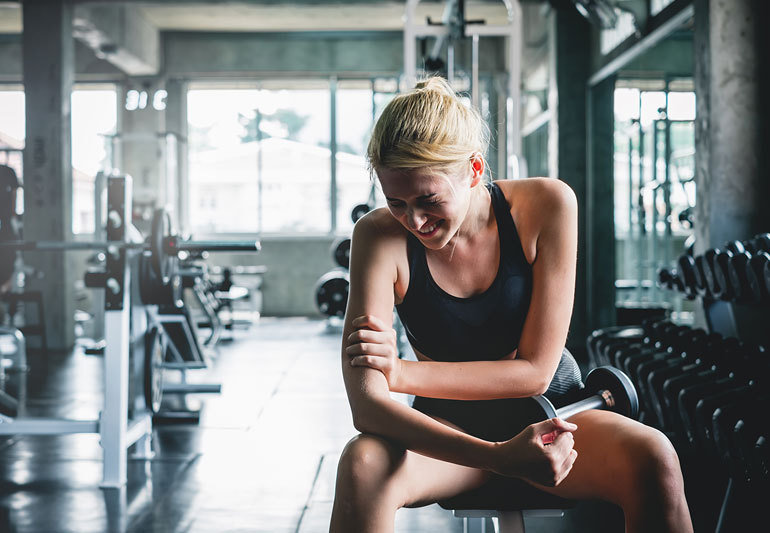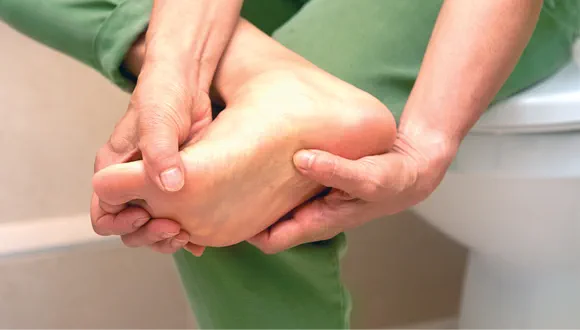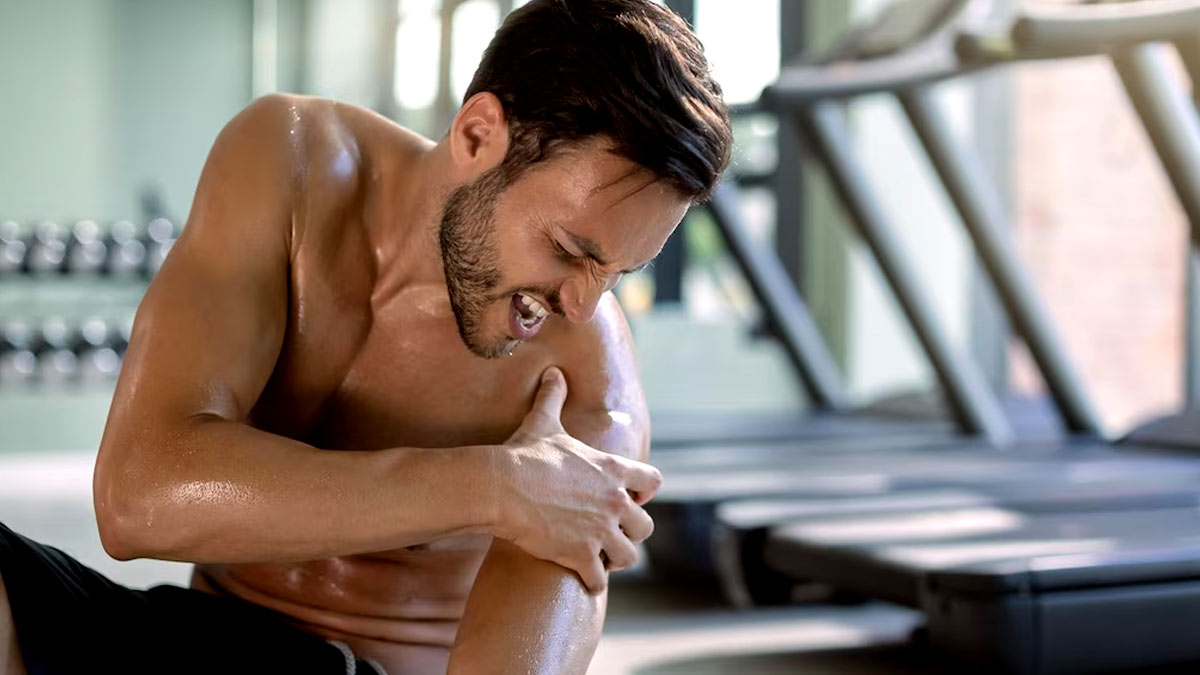Are you tired of being sidelined by muscle cramps after your workouts? Cramping after exercise can be frustrating and hinder your ability to enjoy the benefits of your workout. Don’t worry, we’ve got you covered. In this guide, we’ll share some effective strategies to help you relieve those pesky cramps and get back to doing what you love – exercising at your full potential. So, let’s find out how you can relieve cramps and get back to enjoying your workouts to the fullest.

Contents
How To Relieve Cramps After Exercise?
Here are some tips to help you relieve muscle cramps after exercise:
1. Stay Properly Hydrated: One of the primary causes of muscle cramps is dehydration. Make sure you drink enough water before, during, and after your workout, especially in hot or humid conditions. Pay attention to the color of your urine as a guide to your hydration levels.
2. Warm Up and Stretch: While there’s no concrete evidence, warming up and regularly stretching your muscles before exercise may help reduce the chance of cramps. Incorporate dynamic warm-up exercises and perform static stretches for the major muscle groups you’ll be using during your workout.
3. Build Up Fitness Gradually: Avoid overloading your muscles by setting realistic fitness goals and gradually increasing your exercise intensity. This approach allows your muscles to adapt without feeling overwhelmed. Include rest days and recovery sessions in your training plan to prevent fatigue, which can be a possible cause of cramps.
4. Consider Electrolyte Replenishment: Prolonged exercise and excessive sweating can deplete your body of crucial electrolytes, including sodium. Consider consuming a carbohydrate-electrolyte drink with added salt after intense workouts to replenish electrolytes and prevent severe cramping.

5. Apply Heat or Cold Therapy: Depending on personal preference, you can use heat therapy, such as applying a warm compress or taking a warm bath, to relax the cramped muscles and alleviate tension. Alternatively, a cold pack or ice wrapped in a cloth can help reduce inflammation and soothe the affected area.
6. Gentle Movement and Light Stretches: While it may be tempting to remain still during muscle cramps, gentle movement and light stretches can often provide relief. Perform low-impact exercises or stretches that target the affected muscle group to help alleviate cramping.
What causes cramps after exercise?
Understanding these causes can help you find ways to prevent and relieve cramps, allowing you to enjoy your fitness journey without frustration.
- Muscle Strain and Fatigue: Cramps can occur as a result of straining your muscles and experiencing fatigue. This is especially common if you’re new to working out or if you’ve recently increased the intensity of your exercise. During this process, your muscles may be pushed to their limits, leading to cramps.
- New Muscles and Small Tears: Trying new exercises or working out different muscle groups can also contribute to cramps. When you engage muscles that you’re not used to, or if you put excessive strain on your muscles, you may experience cramps. Additionally, small tears in your muscle fibers during intense workouts can also lead to cramping.
- Insufficient Blood Flow: Some cramps may be related to a medical concern. A narrowing of the arteries that bring blood to the legs can cause cramps during exercise. However, these cramps usually subside shortly after you stop exercising.
- Nerve Compression: Pressure on the nerves in your spine can also lead to cramping pain in your legs. This pain tends to worsen with walking but may be relieved by walking slightly bent forward, such as when pushing a shopping cart.
- Mineral Imbalances: Not having enough potassium, calcium, or magnesium in your diet can contribute to leg cramps after exercise. Certain medications prescribed for high blood pressure can increase urination, leading to a depletion of these essential minerals.
How long does camp last for?
Let’s take a closer look at the duration of muscle cramps and what you can do to alleviate them.

- Variability in Duration: The duration of muscle cramps can vary greatly. For some individuals, cramps may only last for a few seconds, while others may experience cramps that persist for several minutes. In severe cases, the pain may even linger for hours or days after the cramp has subsided.
- Impact on Training: Severe and recurrent cramps can have a significant impact on your training and performance. If you consistently experience muscle cramps that prevent you from training or competing, it may be necessary to seek professional guidance to address the underlying causes.
- Addressing the Root Cause: To effectively relieve and prevent muscle cramps, it’s important to identify and address the root cause. Factors such as dehydration, electrolyte imbalances, inadequate warm-up or stretching, and improper training techniques can contribute to the onset of cramps.
- Prevention and Relief Strategies: To alleviate muscle cramps and reduce their duration, the following strategies can be helpful:
Frequently Asked Questions
Can bananas help with muscle cramps?
Bananas are a good source of potassium and can help ease muscle cramps. They also provide magnesium and calcium, which further contribute to relieving cramps.
What drinks can help stop leg cramps?
Tonic water containing quinine has been suggested as a potential remedy for leg cramps due to its muscle-relaxing properties. Consuming this drink may help reduce the frequency and intensity of muscle contractions that cause cramps.
How does pickle juice stop cramps?
Although the exact mechanism is not proven, researchers suggest that pickle juice may trigger muscular reflexes when it contacts the back of the throat. This reflex potentially shuts down the misfiring of neurons in muscles, alleviating the cramping sensation.

Hello, I’m Ravindra. Over the years, I’ve immersed myself deeply into the world of fitness and health, transforming both my body and mind. Writing has allowed me to share my journey, insights, and expertise with those just starting out and seasoned fitness enthusiasts alike. Beyond just routines and diets, I believe in inspiring others to adopt a holistic approach to well-being.
